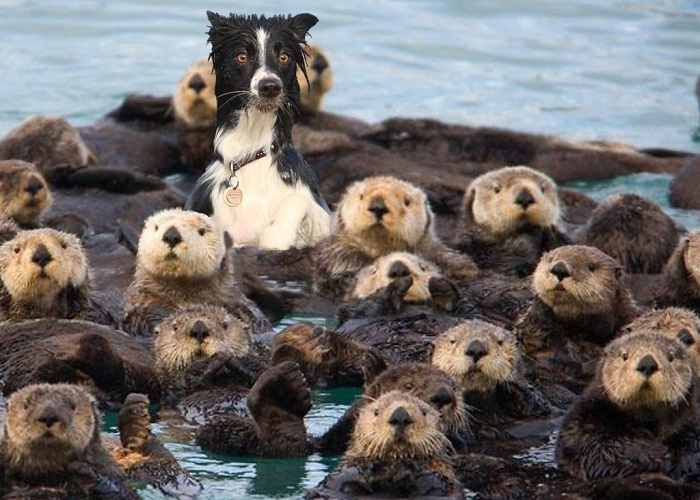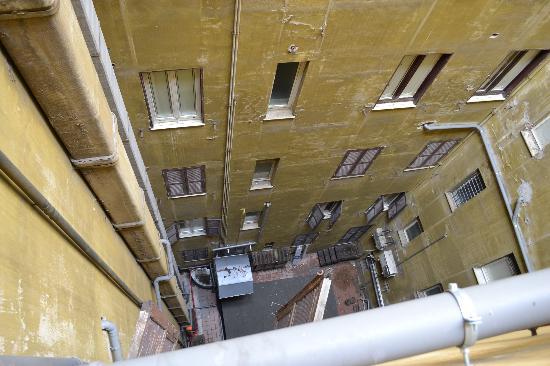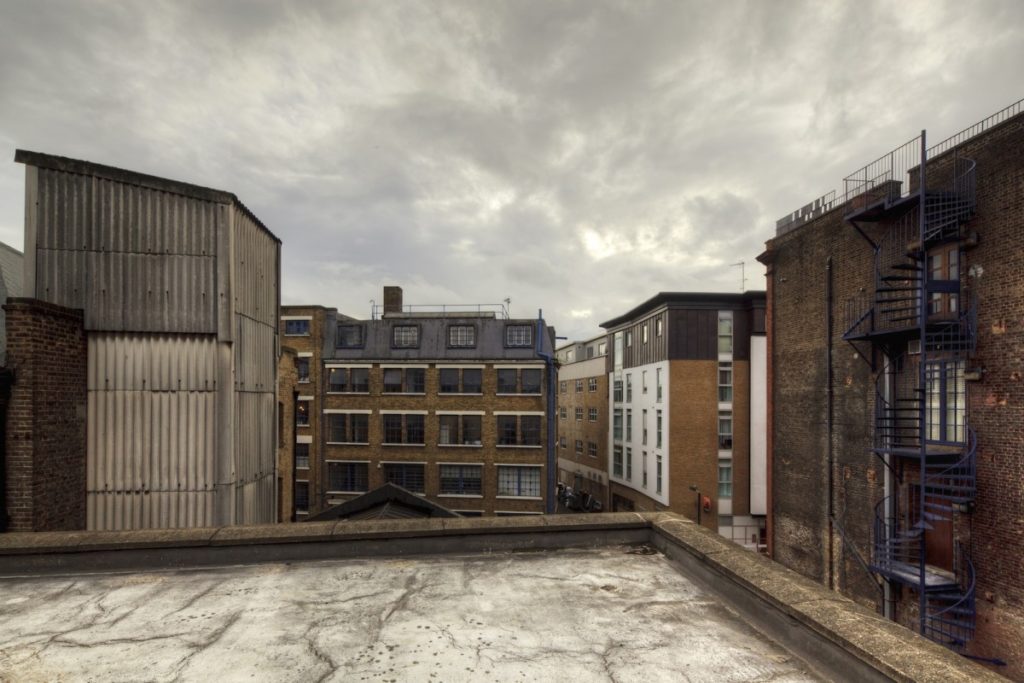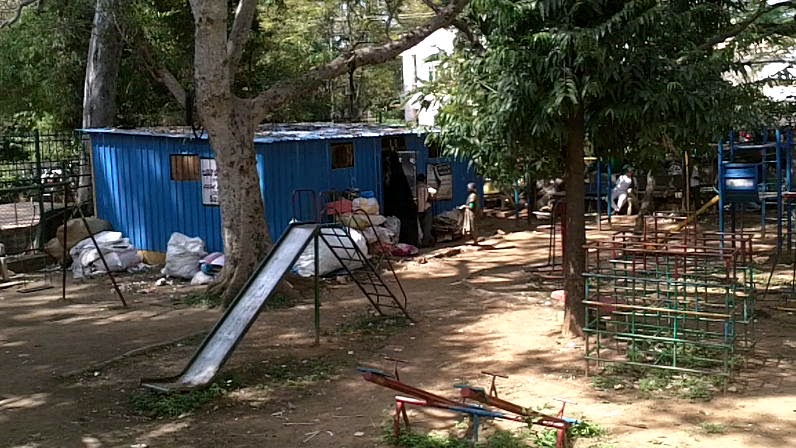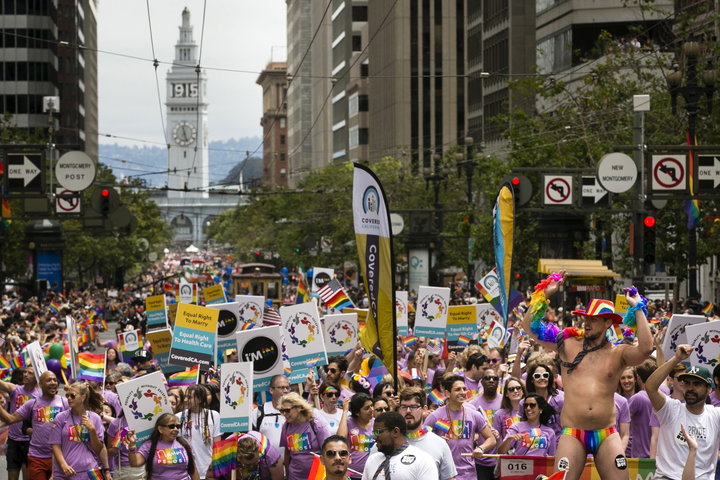Apparently, if men stare at women’s boobs, it’s one of the six things we can do to live longer.
You know where this is heading, right?




…and one last offering, courtesy of Old Texan:

No need to thank me; it’s all part of the service. And as for the other five things: yer on yer own.

